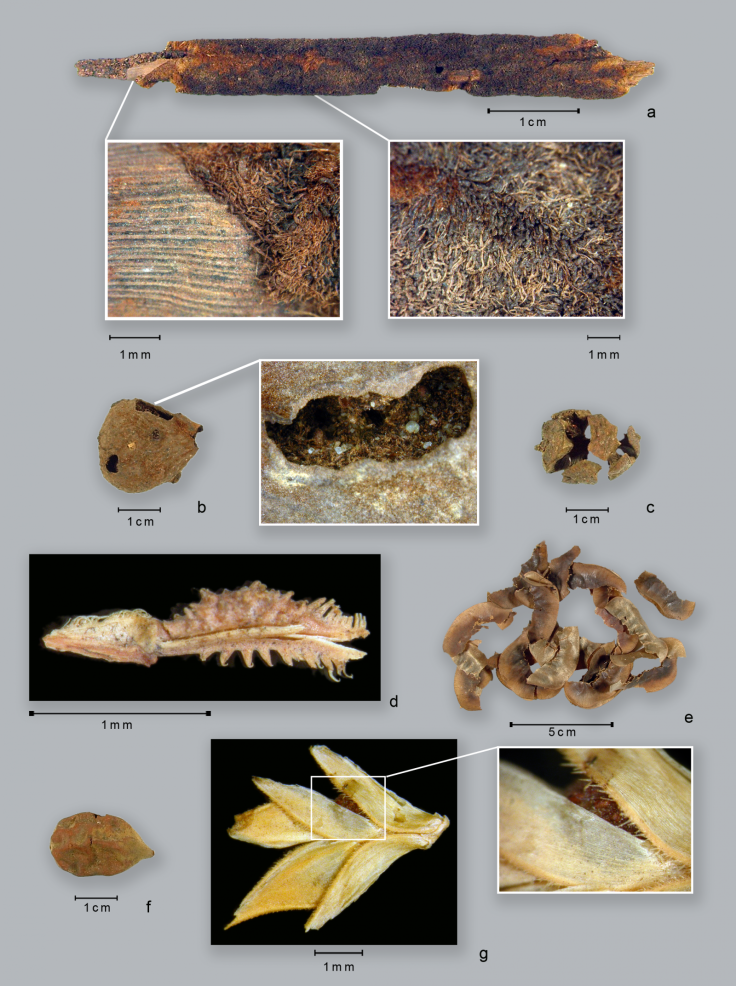When the Sahara was a savannah 10,000 years ago, humans used pottery to cook for meals
Scientists have found the earliest direct evidence of potteries being used to cook plants 10,000 years ago.

Prehistoric potteries were used to cook plants as early as 10,000 years ago, researchers have discovered. This is the earliest direct evidence of grains, leaves and aquatic plants being processed in such a way, considerably extending the number of food groups eaten by humans and introducing them to new preparation techniques.
The diversification of the human diet has been an important factor of human evolution. The cooking of plants was a major turning point as it increased the availability of starch as an energy source and transformed inedible plants into digestible meals.
In the new study published in Nature Plants, researchers have investigated whether the North African potteries could have enhanced food opportunities for hunter-gatherers who lived in the Sahara at the time – when it was a humid and lush savannah, with plenty of vegetation to choose from.
Potteries are thought to have been invented twice, in two distinct regions of the world – in North Africa around 10,000 BC and in East Asia around 14,000 BC.
These potteries are known to have held animal products like milk, the scientists wanted to find out what their role in preparing such plants for human consumption was.
Cooking vegetation from lakes and savanna
The researchers analysed 110 pottery fragments from two sites known as Takarkori and Uan Afuda in the Libyan Sahara. Both sites are dated to 8200–6400 BC.
They identified biomarkers and chemicals in the potteries that were indicative of plant remains. A distribution of fatty acids suggested that an extensive range of plant types from the Sahara's lakes and from the savannah was processed. This included different plant organs like grains, seeds, leafy plants and stems. It is the first time that aquatic plants are discovered to have been consumed at that time.
This constitutes the first evidence that plants were being processed in pottery vessels at least 10,000 years ago. The researchers were also surprised to find a prevalence of plant over animal lipid residues in the potteries. This highlights the importance of a wide variety of plants in the diet of prehistoric people from this then particularly vegetated region of North Africa.
While the invention of agriculture in the Fertile Crescent also began by 10,000 years ago, plant domestication in North Africa is believed to have occurred much later, around 2,500 BC. This study indicates this may be because the savannah provided sufficient wild-growing plants that could be cooked to meet the humans' dietary needs.

© Copyright IBTimes 2025. All rights reserved.






















